When the Going Gets Tough
Running the Leiden Marathon in Heat
Yesterday I finished the Leiden Marathon, it was the hardest 42K I ever completed due to the temperature. Sunny with a clear sky, temperatures climbed to 25°C. Several runners collapsed from heat exhaustion, and one even required resuscitation. When you push your limits, sometimes you actually reach them. Here are a few thoughts from the experience.
It all started as a great Sunday in The Netherlands for being outside. Several running events took place, including the Leiden Marathon and the LOOP Leeuwarden half marathon. The weather would become a major factor as the clear sky with plenty of sunshine pushed temperatures up.
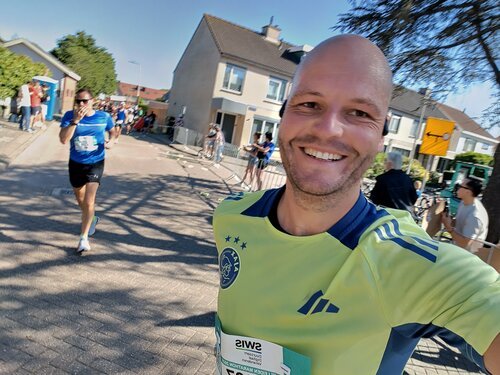
To perform well, the human body must maintain a stable core temperature. During endurance efforts like marathons, most of the energy we burn turns into heat. To avoid overheating, the body relies on sweating and evaporation to stay cool. When this cooling system is overwhelmed - by high temperatures, humidity, or both - performance quickly declines.
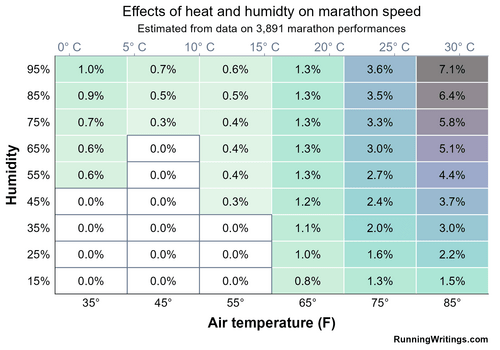
This heat index chart shows how rising temperature and humidity significantly reduce marathon performance. At 25°C and high humidity, runners slow down by over 3%; at 30°C, losses exceed 7%. The body struggles to cool itself in these conditions, as sweat evaporates less efficiently, leading to overheating and increased fatigue. The hotter and more humid it gets, the harder it becomes to maintain pace safely.
I experienced this first-hand, approaching the 50% percent mark I struggled to maintain the pace I ran on my previous marathon. The heat of the sun combined with the radiating warmth from the tarmac became uncomfortable, causing me to feel shivering despite the heat. I knew I had to lower the pace in order to stay safe. Despite (significantly) lowering my pace, my heartrate stayed (too) high. I couldn't go faster.
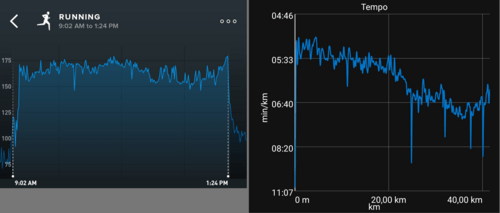
At the start of the marathon, I felt optimistic. I believed a sub-4 hour finish was within reach, maybe even matching my personal best of 3:51. I set off at that target pace, but in hindsight, it was a mistake. The heat gradually took its toll. Mid-race, I had to shift my mindset from chasing a time to simply finishing. Letting go of a goal you've set yourself up for isn't easy. It takes mental discipline to reframe the effort not as a failure, but as a different kind of win: perseverance instead of pace.
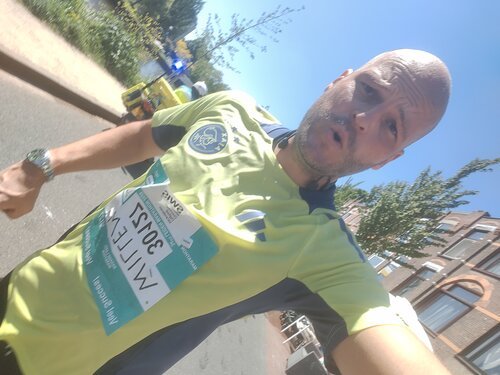
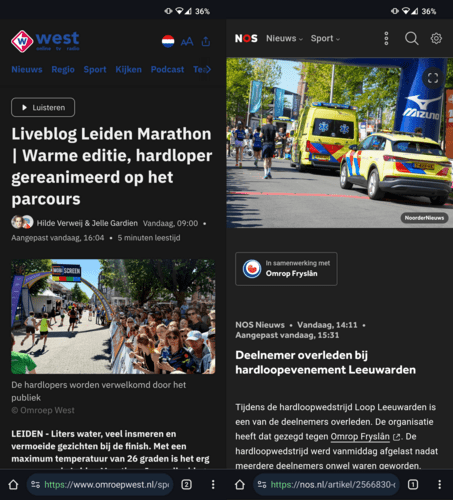
I ultimately finished the 42K in 4:17, my slowest marathon to date. But I crossed the finish line with a smile, knowing it was a victory in its own right. Sadly, not every runner was as fortunate. At the Leeuwarden event, one runner tragically passed away near the finish line, and during the Leiden Marathon, I saw several others collapse, cared for swiftly by the outstanding first aid teams.
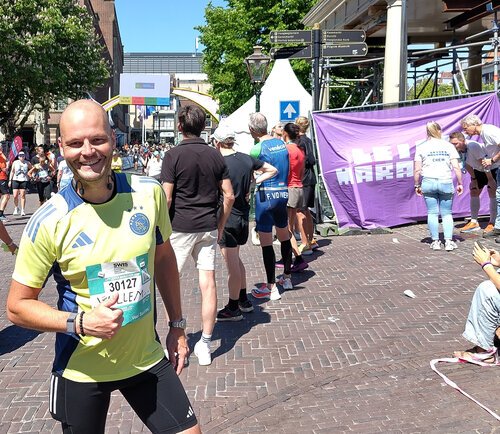
Conclusion
I find running a marathon something special, it's more than just covering 42 kilometers. It's a mental thing where mindset matters as much as physical performance. I experienced this during my first marathon in Amsterdam, where the sense of victory was almost spiritual. This marathon in the heat was another significant challenge. Challenging yourself under tough conditions can teach you a lot, and that experience will stay with you for a long time. Whatever your goal, always respect the conditions, listen to your body, and above all: stay safe out there!
Source:
Davis (2025) "Calculating the effects of heat and humidity on marathon performance" - runningwritings.com
Did you enjoy this post?
If you found this content useful,
consider showing your appreciation
by buying me a coffee ❤️😋:






